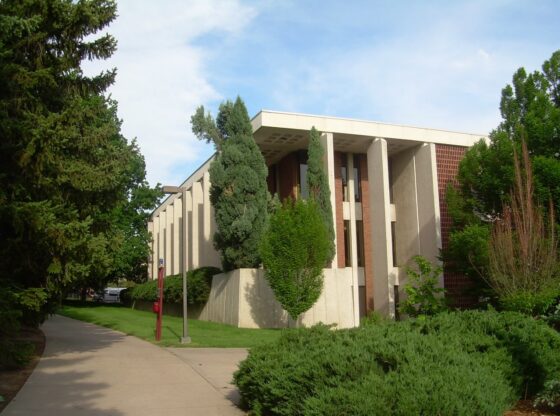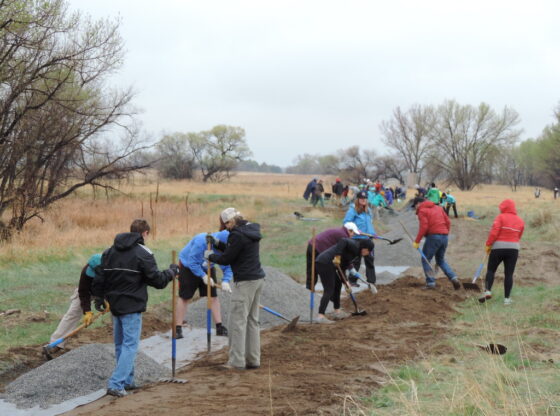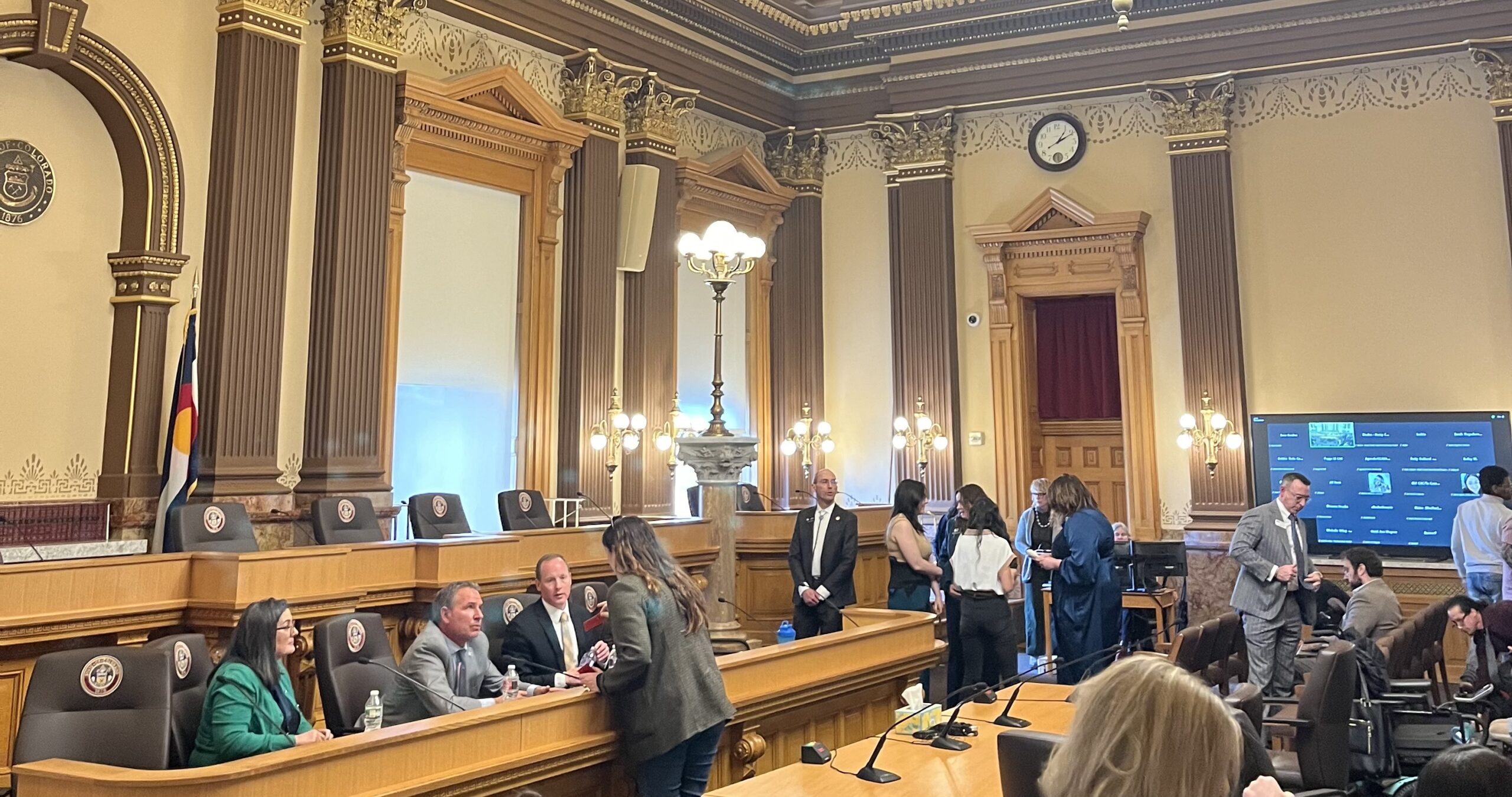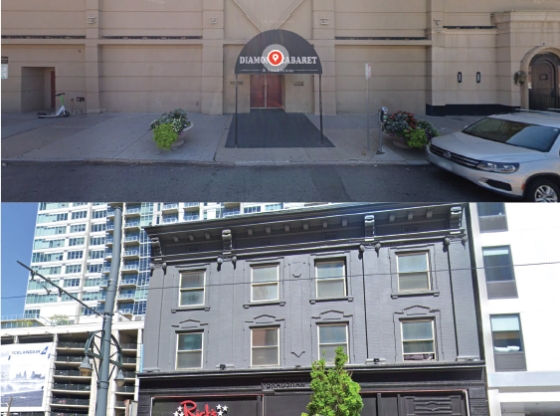A new building is on the horizon for the STEM department of DU.
Nestled behind Olin Hall and the Boettcher Center is the site where a new 80,000-square-foot, $112 million building is going to be situated. The main reasoning behind building it is that the Chancellor sees it as an “academic need,” said Mark Rodgers, director of capital projects and the university’s architect.
Currently, DU holds an R1 research institute status, meaning that it is classified as a top-tier research university with “very high research activity.” But, unlike most R1 universities, most of that research is happening in the social humanities departments. STEM Horizons will facilitate the expansion of STEM research.
The three-year-long project will not just include the new building, it will also encompass renovations for the existing Seeley Mudd Science building and Boettcher West. These renovations will begin after the Horizons building is finished.
On the first floor, the STEM Horizons building will include labs, with state-of-the-art equipment for non-STEM biology and chemistry majors. The next four floors will consist of biology and chemistry graduate research labs.
“We don’t necessarily expect to get a whole bunch of people that didn’t want to be science majors to change their mind,” said Rodgers. “Instead we want to bridge a connection between science and non-science majors, and STEM and non-STEM majors.”
Rodgers and the DU administration are hoping to create a similar environment to the one at the Korbel School of International Studies, with undergraduate and graduate students alike in one building and learning from each other.
Rodgers emphasized that this impetus for the project was not because of the impending enrollment cliff, but instead because of the university’s long-term academic vision. So, while this project might not be a direct response to enrollment concerns, it does play a role in making DU a more attractive destination for both faculty and students.
“Great facilities attract great faculty, and great faculty attracts great students and vice versa,” Rodgers said.
In terms of financing for this project, Rodgers said that the university is still fundraising, but the majority of the funding will come from selling university bonds, which is essentially a way for the school to take out a loan. These bonds allow DU to secure the necessary capital upfront and pay it off over time. Rogers assured that it is “very common for universities to take out loans for these kinds of projects,” and the university has never “had a fee for students to retire debt.”
“The school thinks hard about avoiding raising tuition to fund the building,” Rodgers said.
The building will also feature solar panels as part of DU’s commitment to sustainability, with the goal of achieving carbon neutrality by the year 2030.
While the exact end date of this project is still unknown, the administration hopes to get the building permit by this April and to have the new facility in operation by spring break of 2027. The renovations to the Mudd Science building and Boettcher West are also expected to be completed by Sep. 2027.
When talking about DU’s 15-year plan for growth, Rodgers said that this “is just the first building” the university hopes to build on the south side of campus.
The current STEM faculty is optimistic about this project. Alex Huffman, a chemistry and biochemistry professor, noted that while his department won’t be housed in the new building, he is interested to see what kind of renovations the Mudd building gets and where they will put the current staff while it’s being renovated.
While building new STEM facilities has been on the university’s to-do list for quite some time, Chancellor Jeremey Haefner was the catalyst that sent this project into motion. Rodgers noted that he is very focused on expanding DU’s STEM department.
As DU moves forward with these projects, it aims to solidify its place as a leading research institution. One that is not only expanding but ensuring its legacy for generations to come.












